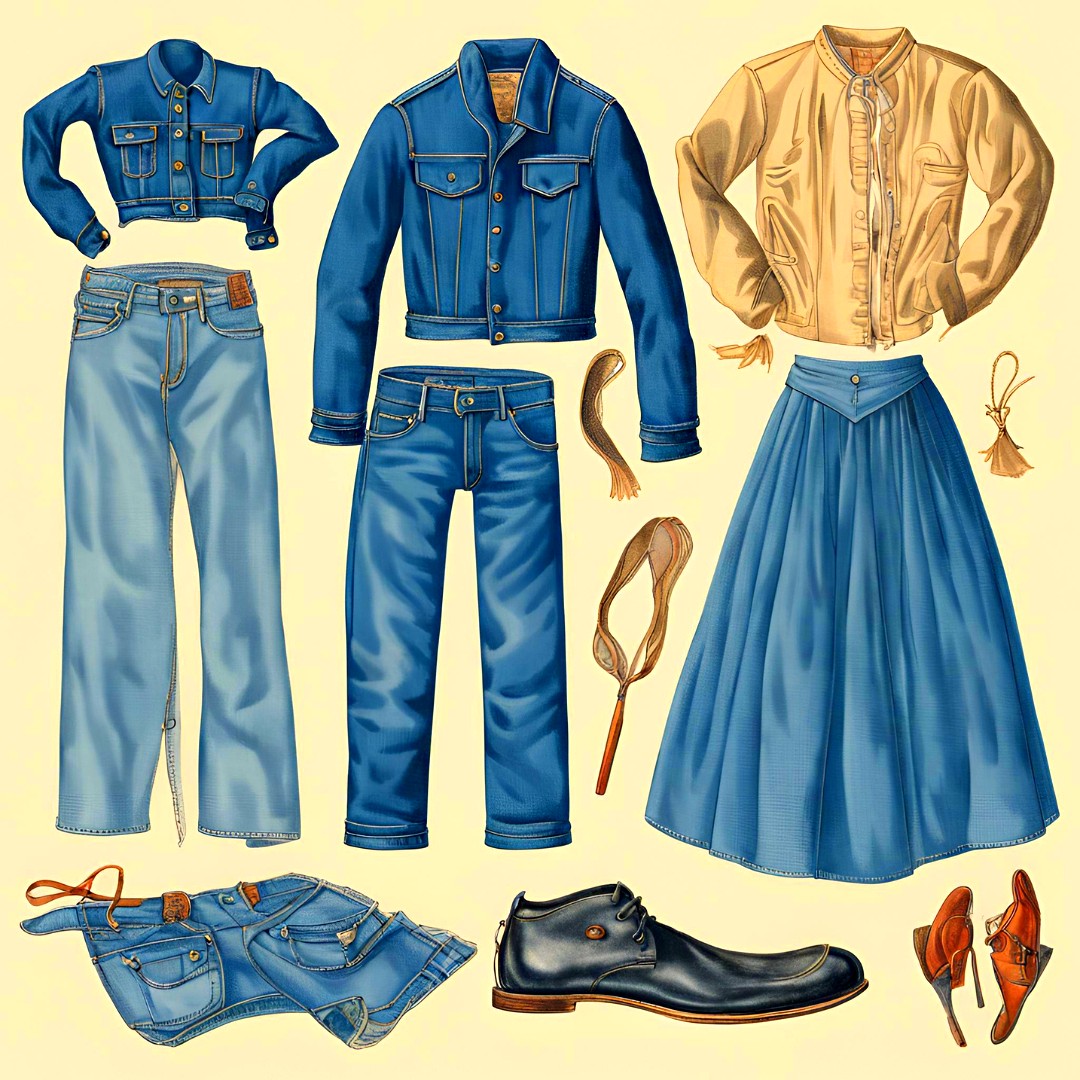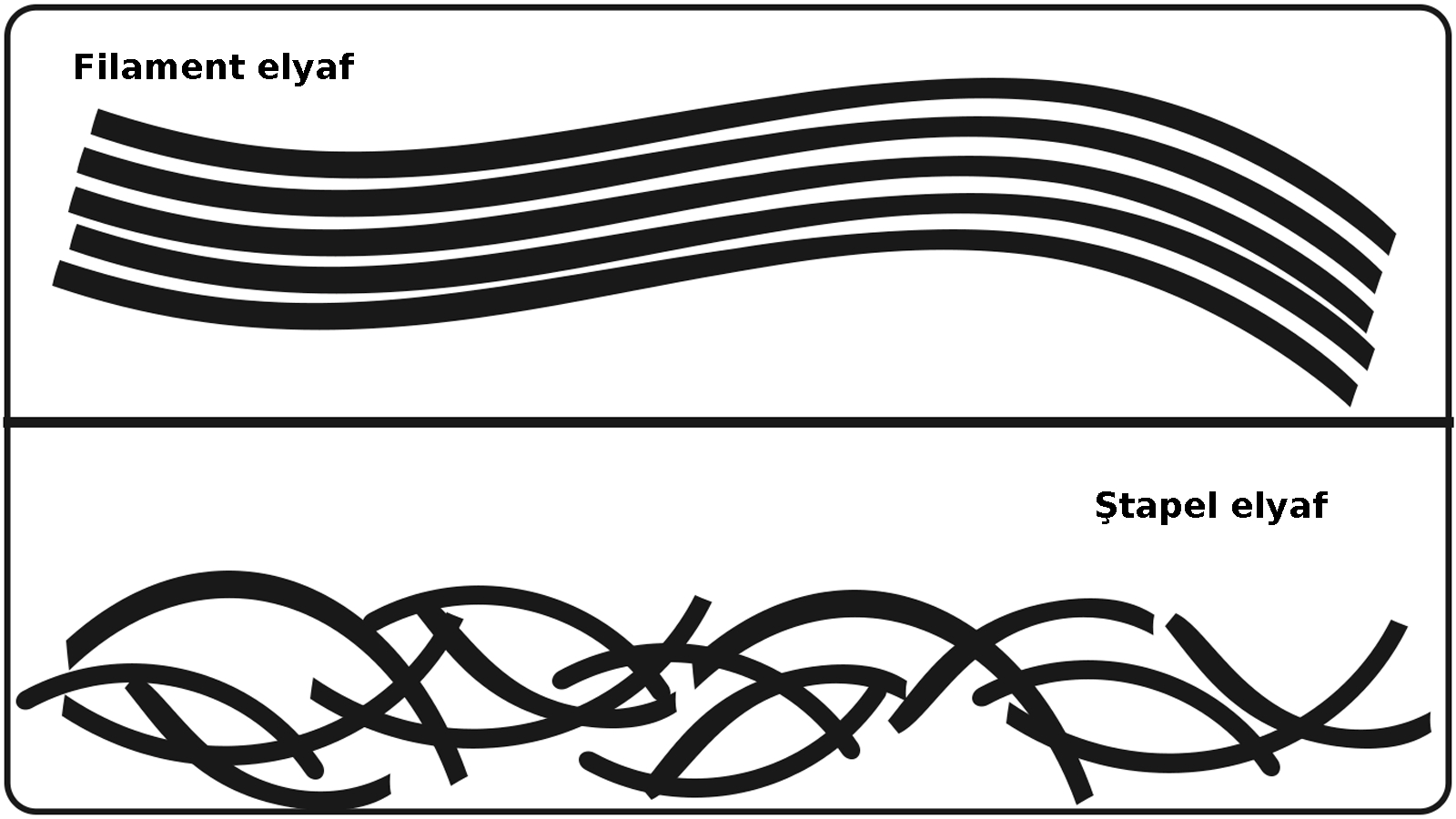Screen Engraving (Screen Printing)
20:41
0 comments
The process of putting designs to be printed on both rotary and flat screens is known as screen engraving. The most widely used technique for screen engraving is known as the lacquer method. This process begins with the creation of a print design. Once the design is finalized, a textile artist separates the design into its individual colors. A nickel-plated screen with approximately 12,000 holes per square inch is mounted in the coding station. The screen is then coated with a liquid color soluble photo-sensitive resin. The coated screen is carefully moved to a drying oven. It is then stored in a controlled environment for up to 48 hours prior to engraving.
At the engraving stage, the film with the opaque design is secured to the screen. A high-intensity light is then directed onto the screen, where ever the light hits the screen, it hardens the resin and forms a water-soluble barrier. Where light is prevented from hitting the screen due to the presence of the unique design, the resin remains water soluble. After the proper amount of light exposure time, determined by the choice of resin, the screen is washed and dried. The design areas of the screen are opened and print paste is allowed to flow freely through, but the non-design areas are closed. The screen is cured in an oven to make the lacquer permanent. The lacquer engraving technique is used for nearly all flat screens. For rotary screens, the most modern method of screen making is known as laser engraving. A skilled textile designer separates each color of the design into a digital file using a CAD or Computer Aided Design system. Concurrently, rotary screens are coated with resin using the same process employed with the lacquer technique. However, in this case, the resin is cured prior to laser engraving so it has a longer shelf life. The coated screen is loaded on a mandrel which is part of the laser engraving machine. The laser engraves the screen using the digitized CAD print design data. As with the lacquer technique, only one color per screen is possible. The laser vaporizes the resin without damaging the screen material which is nickel mesh. Once the screen has been engraved, the motif on the screen is carefully inspected to ensure an accurate match to the color separation file derived from the original design. Laser engraving has greatly expanded the design possibilities for rotary screen printing. There is also a technique known as the Galvano method for creating screens using nickel electroplating technology. The Galvano method allows for gradients of color as the screen can be constructed with different-sized cells. Intricately designed screens are possible with this technique. To create a Galvano screen, a photo-sensitive chemical is first sprayed onto the base. Next, a negative of the image is placed on the base and an intense UV light cures the photo-sensitive chemical in areas not protected by the negative image. The unexposed chemical is washed away. The base is then placed in a nickel plating solution. The nickel is attracted to and plates the areas of the base that do not contain the photo-sensitive solution. This process forms the Galvano screen. The screen is then carefully removed from the mandrel.
-
Ayakkabılarda doğru numara seçimi sağlık ve kullanım ömrü açısından önem arz eder. Kesirli Ayakkabı Numaraları Ne Anlama Geliyor? 🤔 Bazı a...
-
İş sağlığı ve güvenliği için bazı işletmelerde pr ayakkabı kullanımı gereklidir. Ayakkabılarda rastladığımız "PR" terimi, İngiliz...
-
Mavi polycotton nevresim takımı. Polycotton , polyester ile pamuğu (cotton) karıştırarak elde edilen, her iki elyafın en iyi performans ...
-
Yeşil renk ve tonları, sarı ile mavi ışığın birleşmesi sonucu oluşur ve fotosentetik pigmentler nedeniyle bitki yapraklarında yaygın olarak ...
-
Rahat bir kullanım için ayağın genişliği ve uzunluğuna uygun ayakkabıyı seçmek son derece önemlidir. Ayakkabı Genişlik Terimleri: E, F, FX,...
-
Lif kısaltmaları tekstilde elbise üretiminin her aşamasında kullanılır. Tekstil, Kumaş, Lif ve Elyaf Kısaltmaları : Tekstil endüstrisi, lif...
-
Kumaşın ön yüzünün ve arka yüzünün gösterimi. Kumaş yüzü (Alm. Stoffvorderseite, Fr. front de tissue, İng. fabric face; face of fab...
-
Çizme ve botlarda; konç genişliği, ağız genişliği, topuk boyu, tarak genişliği ve taban iç uzunluğu. Konç, bot, çizme, ayakkabı , çorap vb...
-
İngilizce renkler. İngilizcede renk kelimesi Amerikan İngilizcesinde "color", İngilizce İngilizcesinde "colour" olarak ...
-
Aksa akrilik fabrikası dünyanın en büyük akrilik üretim tesisidir. Türkiye'nin en büyük sanayi kuruluşları arasına 38 tekstil fi...
-
Türk tekstil ve hazır giyim sektörü: yerli markaların yükselişi. Türkiye'nin lokomotif sektörlerinden biri olan tekstil ve hazır giyim...
-
Akrilik elyaf, iyi yalıtım özelliğine sahip olmasıyla öne çıkan sentetik bir lif türüdür. Akrilik Elyaf: Tanım ve Özellikler Akrilik, ( Alm....
-
Kumaş numunesi. 1) Yapılarına göre (nasıl yapıldıysa o ismi alır) a) Dokunmamış kumaşlar - Nonwoven , keçeler, kağıt telalar, elyaf, vi...
-
Ünlü Türk modacı ve tasarımcılarının kreasyonları artık dünya moda başkentlerinde sergileniyor. Türkiye'de tekstil ve moda sektörünü...
-
Farklı renk ve türdeki kumaş çeşitleri. Kumaş, ipliklerin, çeşitli yöntemlerle bir araya getirilerek oluşturduğu kaplayıcı yüzeylerd...
-
Türk ayakkabı markaları, yerli ham maddeyi mükemmel işçilik ve estetik tasarımlarla birleştiriyor. Türk malı ayakkabı ürünler, kalitesi ve e...
-
Dünyanın en meşhur modacıları. Dünyaca ünlü modacılar Her sezon önce podyumları sonra da vitrinleri süsleyen özel koleksiyonların arkas...
-
Lif kısaltmaları tekstilde elbise üretiminin her aşamasında kullanılır. Tekstil, Kumaş, Lif ve Elyaf Kısaltmaları : Tekstil endüstrisi, lif...
-
Naylon olarak da bilinen polyamid kumaşlar sentetik kökenli bir kumaş türüdür. Polyamid ya da naylon (Alm. Polyamidfaser, Fr. fibre ...
-
Tekstil ürünlerinin etiketlerinde yıkama, kurutma ve ütüleme ile ilgili semboller bulunur. Tekstil Ürünleri için Tavsiye Edilen Yıkama Tali...




















































































































0 yorum:
Yorum Gönder
Merhaba, daha kaliteli bir site için yorumlarınızı bekliyoruz.